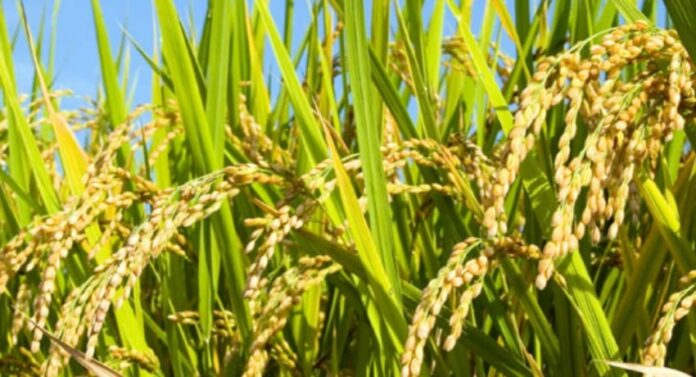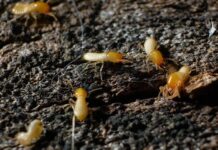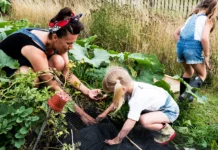If you have been into gardening for a while then you would definitely be familiar with the term “certified disease-free plants” but most times we still get questions like what certified disease-free plants mean.
However, this expression could mean something different to a backyard orchardist and might also mean something else to a home gardener. If you are still perplexed by the expression then you can count on our what are disease-resistant plants articles to explain to you what the phrase truly means.
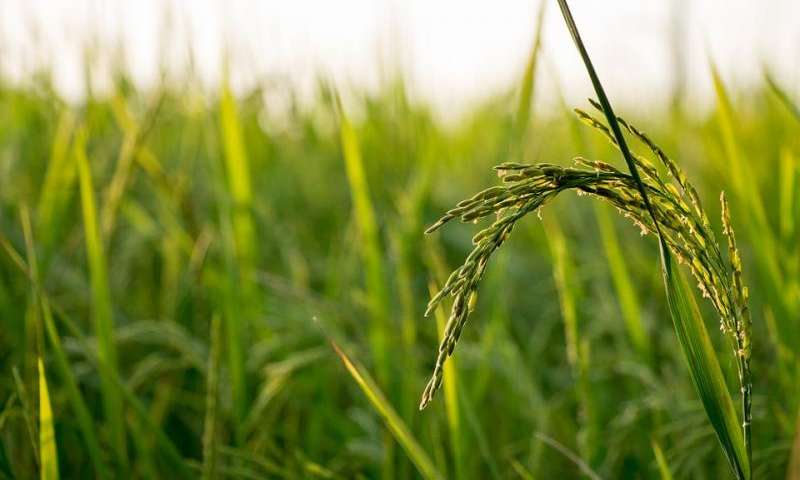
As a gardener, you should be concerned about how to keep your plants free from diseases but one of the ways you can start by achieving that is through growing plants that are already disease resistant and trust me when I say starting out with such plant is not just important but also very necessary.
Continue reading this article as we want to show you more about the benefits of starting up with disease-resistant plants.
Interesting Read – How To Protect Your Garden Plants From Dogs
What Are Disease Resistant Plants
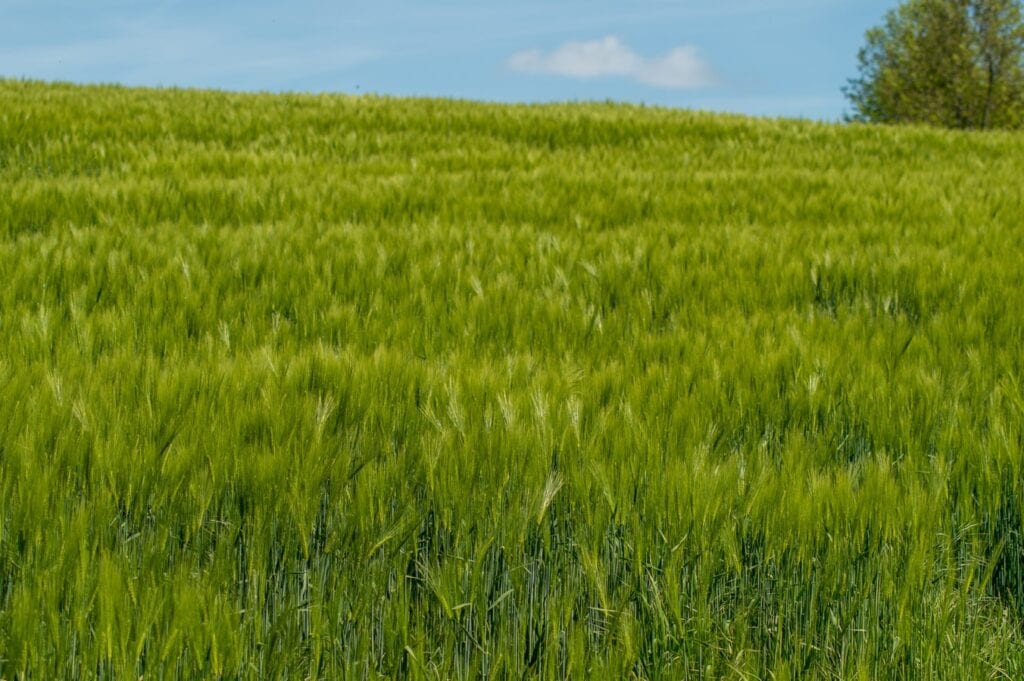
A lot of countries today have already mapped out several certification programs and regulations may tend to vary from one another.
Generally speaking, for us to be able to say a plant has been labeled certified disease-free then the plant must be propagated as to following strict regulations and rules, inspection and procedures which would help ensure that the risk of infection is greatly reduced.
In order for a plant to be certified, it should be able to match a standard level of safety and quality and inspections are done in certified and independent laboratories.
Being resistant to disease doesn’t really mean that the plant is totally protected from any possibility that it encounters and it also doesn’t mean that plants have a one hundred percent guarantee that they are free from every disease pathogen.
What this simply means is that plants that are disease resistant are resistant generally too few diseases which constantly or commonly attack a particular plant. However, what you also need to know is growing disease-resistant plant doesn’t imply putting an end to the necessary things you ought to do in your garden.
The necessary steps that you should continue taking in your garden include sanitation, crop rotation, fertilization, irrigation, spacing and all other necessary steps which would ensure that your plants stay healthy.
Trendy Post – How To Make Use Of Sticky Traps
Importance Of Buying Disease Resistant Plants
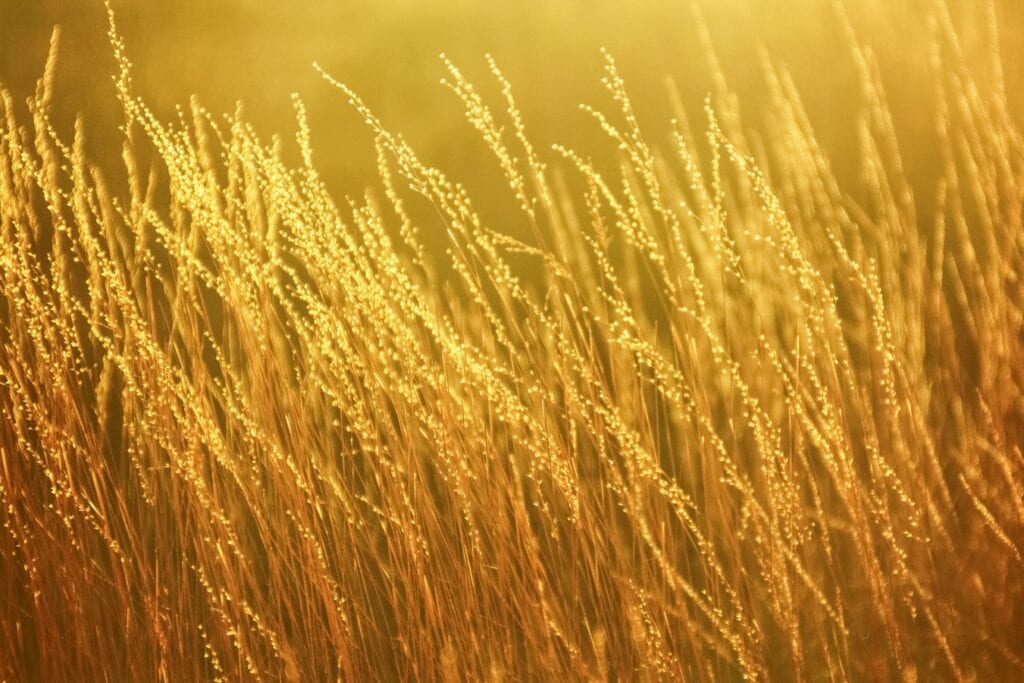
One rare fact that you should know is as far as a plant has been established, even with the use of toxic and powerful chemicals, such a plant might be impossible to eliminate. However, one benefit that comes with purchasing disease-resistant plants is that it already helps in putting a stop to the disease itself before the disease comes.
Now, this is very important in the sense that it helps in saving you money and time and that isn’t just its benefits. It also ensures that the quality and size of your harvest greatly increases.
Another truth you must know is that it might cost you more if you decide to buy plants that are resistant to diseases but the fact is investing in a disease-resistant plant would save you lots of expense, save you from wasting your time and also prevent the possibility of facing a heartache in the nearest future.
You can also check with the local cooperative extension office close to you as they can also be helpful in providing more useful information on plants that are resistant to diseases as well as plant diseases which you are bound to encounter in your area.
Related Review – How To Protect Your Trees From Rodents

